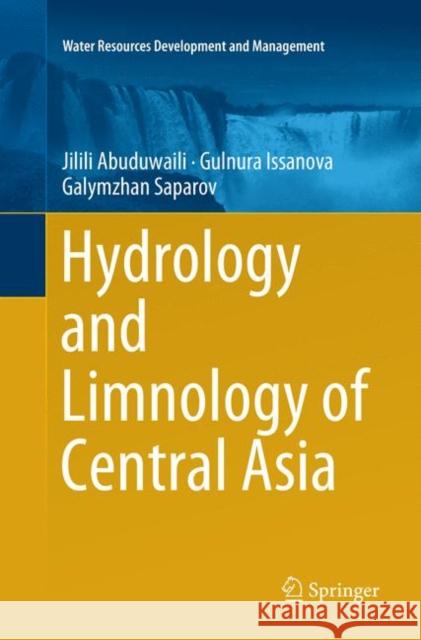Hydrology and Limnology of Central Asia » książka
topmenu
Hydrology and Limnology of Central Asia
ISBN-13: 9789811345340 / Angielski / Miękka / 2019 / 411 str.
Kategorie:
Kategorie BISAC:
Wydawca:
Springer
Seria wydawnicza:
Język:
Angielski
ISBN-13:
9789811345340
Rok wydania:
2019
Dostępne języki:
Numer serii:
000314332
Ilość stron:
411
Waga:
0.60 kg
Wymiary:
23.39 x 15.6 x 2.24
Oprawa:
Miękka
Dodatkowe informacje:
Wydanie ilustrowane











